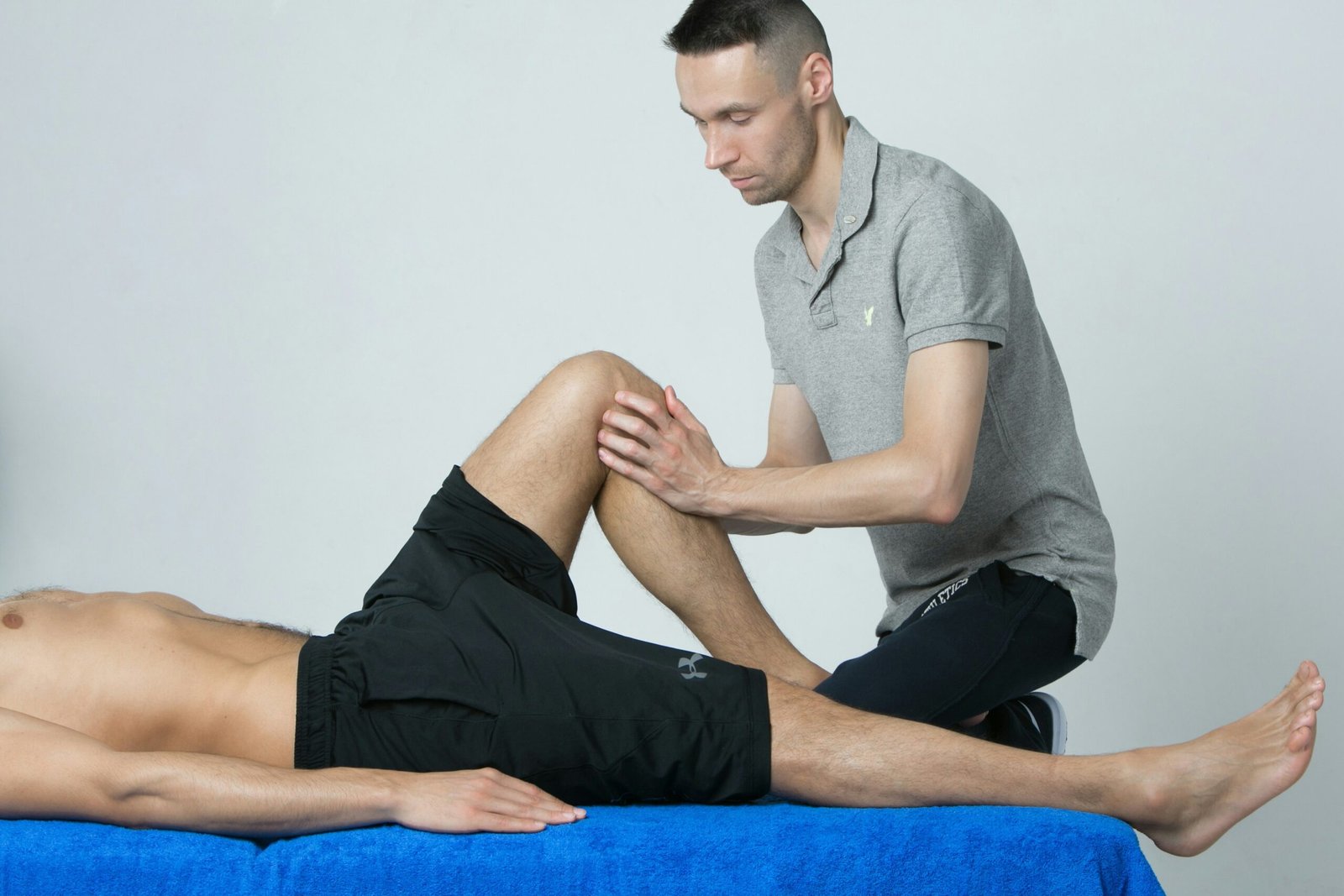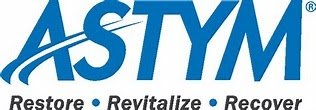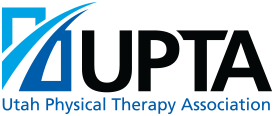
What to Expect During Your First Physical Therapy Visit
Whether you’re recovering from surgery, managing chronic pain, or trying to improve mobility, physical therapy (PT) is a powerful step toward healing and improved quality of life. If you’ve never been to physical therapy, you may be unsure what to expect. Below you’ll find some tips to ensure the first visit goes smoothly and how to make the most out of the process.
Before You Arrive: Preparing for Your First Visit
Before your appointment, there are a few things you can do to get ready:
1. Wear the Right Clothing
Comfortable, loose-fitting clothing is best. Think gym attire: athletic shorts, a t-shirt, and sneakers. If your therapy is for a specific area, wear clothing that allows easy access to that body part. Avoid restrictive or formal clothing if possible as there is a high possibility that you will be working out.
2. Bring Relevant Medical Information
Your therapist will want to know your medical history, especially if you’re dealing with a post-surgical issue or chronic condition. Be prepared with:
- A list of current medications
- Any imaging reports (MRI, X-ray, CT scans)
- Surgery or injury dates
- Doctor’s referral (if applicable)
- Insurance information and ID
3. Know Your Goals
Think about what you hope to achieve. Is it returning to work, walking without pain, improving balance, or being able to play with your kids? Your goals help guide the therapist’s treatment plan.
Checking In
Once you arrive, you’ll check in at the front desk. You may be asked to fill out intake forms if you haven’t done so already. These forms typically include:
- Your personal information and emergency contacts
- A description of your symptoms
- Pain levels and how it impacts daily activities
- Insurance and billing information
Our clinics offer online forms ahead of time, which will arrive via email prior to the day of your scheduled appointment. Filling out forms prior to your appointment ensures a smoother appointment process.
Meet Your Physical Therapist
After check-in, one of our physical therapists will bring you to a treatment area to begin the evaluation. Your first session will include a full evaluation of your strength, mobility, posture, and functional limitations. We’ll also review your medical history and goals to create a clear picture of where you are and where you want to go.
1. Discussion and Assessment
The initial part of the appointment is a conversation to help your PT understand your condition in a broader context. Your PT will ask detailed questions about your:
- Medical history and diagnosis
- Daily habits and physical activities
- Pain intensity and triggers
- Past treatments or surgeries
- Functional limitations (e.g., difficulty walking, standing, or lifting)
2. Physical Evaluation
Next comes the physical assessment. This is a hands-on evaluation of your:
- Range of Motion (ROM): How far and easily your joints can move.
- Strength: Manual resistance tests to check muscle strength.
- Posture and Alignment: Standing, sitting, or walking postures may be assessed.
- Balance and Coordination: Especially if you have issues related to walking or falls.
- Pain Points: Palpation (gentle touch) to identify sensitive or inflamed areas.
- Functional Movements: Tasks like squatting, walking, lifting arms, or bending.
This evaluation forms the baseline for your progress and helps the therapist pinpoint the source of your issues.
Setting Goals and Treatment Plan
After the assessment, your PT will discuss their findings and begin formulating a personalized treatment plan. We don’t just treat symptoms, but rather we track improvements with daily activities and functional ability. Together, we’ll set achievable goals and regularly measure your progress so you can see real improvements with each session. This plan is your roadmap to recovery and includes:
- Short- and long-term goals: These are specific, measurable, and realistic (e.g., walk without a limp in 4 weeks).
- Frequency of sessions: Typically 1–3 times per week depending on your condition.
- Timeline for recovery: While it’s not exact, your therapist will provide a general timeframe.
- Home exercises: You’ll likely be given a few simple exercises to begin at home.
Your input is essential here. If you have any specific goals or requests you’d like to be included in your recovery, this is the time to make sure the therapist is aware of them.
The First Treatment Session
You might expect your first session to be purely an evaluation, but in most cases your PT will begin treatment right away. Your therapist will design a treatment plan specific to your needs. This may include hands-on techniques, guided exercises, and education to empower you in your recovery.
Common Early Interventions May Include:
- Manual therapy: Hands-on techniques to mobilize joints, reduce muscle tension, or improve circulation.
- Stretching and flexibility exercises
- Low-impact strength training
- Balance or gait training
- Pain relief techniques: These can include ice/heat, electrical stimulation (like TENS), or ultrasound therapy.
Treatment will look different for each patient depending on if you’ve had a recent surgery or have other restrictions, and it’s very specific to each body part and individual. The overall goal is the same, helping you feel better and stronger as you begin working toward a full recovery.
How Will You Feel After the First Session?
It’s common to feel a bit sore after your first appointment, especially if you’ve been inactive or are working previously unused muscles. This is normal and usually subsides within 24–48 hours. Muscle soreness and fatigue is often a good thing because it means your body is healing and getting stronger. Remember: recovery doesn’t happen overnight, but with commitment, communication, and the support of your therapist, you’re in excellent hands.
Tips for Success in Physical Therapy
Want to make the most of your physical therapy journey? Keep these tips in mind:
1. Be Consistent
Stick to your appointment schedule and do your home exercises. The real healing happens with repetition and routine.
2. Communicate
Let your therapist know how you’re feeling. If something hurts more than it should, or if you’re feeling discouraged, speak up. Your PT can adjust your plan as needed.
3. Be Patient
Healing isn’t linear. There will be good days and tougher days. Trust the process and celebrate small wins along the way.
Frequently Asked Questions (FAQs)
1. How long is a physical therapy appointment?
Most initial evaluations take 45 minutes to an hour. Follow-up sessions typically last 30–60 minutes.
2. Do I need a referral?
It depends on your location and insurance provider. Utah recently passed legislation to allow direct access to PT without a doctor’s referral. Medicare will continue to require a referral from a doctor.
3. Will my insurance cover it?
Many insurance plans accept physical therapy services and process claims, but coverage can vary depending on your plan type.. It’s best to call your provider or insurance ahead of time to confirm details.
Don’t wait any longer to enjoy eating, talking, and living!




